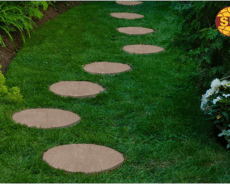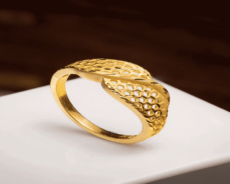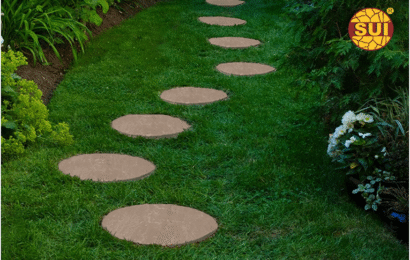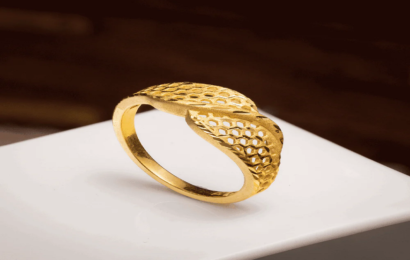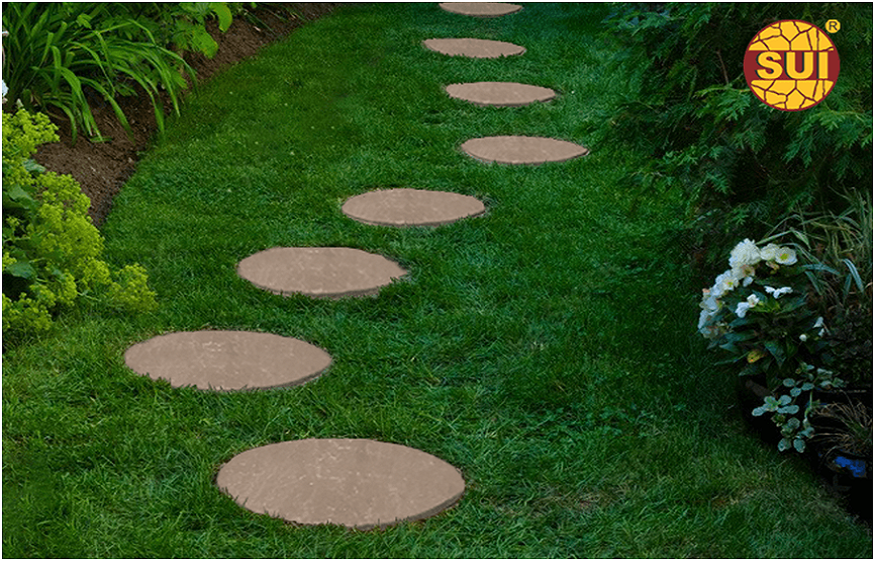
Although using Stepping Stones to create lovely paths may seem simple, many landscapers and homeowners make expensive blunders that convert ideal walks into annoying upkeep headaches. Avoiding frequent selection mistakes that even seasoned designers make can make the difference between beautiful, useful paths and troublesome installations. Such errors may bring about obstacles during installation, premature outdoors material breakdown, safety-related risks, and look that leaves your outdoor space unimproved. If you note these risks before you make any purchases, your stepping stone project will likely be attractive, useful, and won’t be a hassle, taking less money and time. Avoiding certain mistakes is equally important as using the right criteria when making your choice.
1. Ignoring Size Proportions and Scale Relationships
Choosing stepping stones that are entirely inappropriate for the designated area and user requirements is one of the most common errors. Many individuals select stones that are too tiny for adult feet, resulting in awkward stepping patterns and sometimes hazardous walking surfaces. On the other hand, large stones can overpower tiny garden areas and provide awkward, out-of-proportion looks that throw off the balance of the landscape. To guarantee easy navigation and visual harmony, the connection between stone size and walkway width needs to be carefully studied. For users of all ages and skill levels, stones should offer firm landing surfaces that can handle ordinary stride lengths. The project’s total material quantities and spacing requirements are also impacted by proper sizing. Before making a final purchase, always walk on samples to assess stone sizes.
2. Overlooking Surface Texture and Safety Concerns
When wet from rain, mist, or irrigation systems, smooth, polished stepping stones can become dangerous slip hazards, despite their exquisite appearance in showrooms. Many homeowners just consider looks, utterly disregarding how surface textures function in practical settings. In informal garden settings or around swimming pools, excessively abrasive textures may be uncomfortable for barefoot users. Finding the right texture levels that offer sufficient grip without compromising comfort or aesthetic appeal is crucial. When assessing surface possibilities, take into account your local environment, usual moisture levels, and expected usage patterns. Keep in mind that seasonal variations, leaf cover, and algae development can all have a significant impact on surface safety. Select textures that, even when wet or coated in biological waste, retain their ability to prevent slippage.
3. Neglecting Material Durability and Climate Compatibility
Selecting stepping stones without checking the local weather could cause them to deteriorate quickly and replace them at a high cost. In regions where the weather is harsh or very humid, using materials that work fine in regular climates may result in difficulties. Even though synthetic materials can break when it’s cold or wear out when hit by the sun’s rays, natural stones with a lot of pores may even shatter if water freezes inside. Materials with the proper chemical resistance are needed for coastal locations or winter de-icing situations when salt exposure occurs. Ignoring these elements leads to stepping stones that need to be replaced frequently, decay rapidly, or develop surface issues. Choose materials that will retain their structural integrity and aesthetic appeal over time by researching their performance qualities for your particular temperature zone.
4. Underestimating Installation Base Requirements
Poor foundation preparation and drainage issues are the main causes of many stepping stone failures. Without adequate foundation work, just laying stones on top of preexisting soil results in unstable installations that eventually move, sink, or become uneven. Certain base preparations are needed for different materials, and failing to follow these guidelines might result in safety risks and early failure. Water buildup around stepping stones due to poor drainage can weaken foundations and provide muddy, slick situations. To avoid frost heave and settling issues, the base must offer sufficient support while permitting appropriate water management. Cutting corners on foundation preparation in an attempt to save money will always result in higher repair and reinstallation expenses. Regarding base depth, materials, and drainage needs, always abide by the manufacturer’s instructions.
5. Choosing Incompatible Colors and Finishes
Errors in color choices result in stepping stone installations that blend in with the surrounding materials or conflict with the landscape’s existing features. Pathways become difficult to notice when colors are chosen that are too close to the natural ground cover or existing hardscaping, which poses a safety and navigational risk. On the other hand, too vivid or clashing hues might come across as gaudy and disturb the tranquil ambiance that most people want for in their outdoor areas. Many people don’t think about how weathering, UV rays, and organic stains can cause colors to alter over time. The hues of stepping stones can change significantly throughout the year due to seasonal variations in the surrounding flora. When making final judgments, take into account long-term appearance changes and test color choices in real installation sites with varying lighting circumstances.
6. Miscalculating Spacing and Layout Planning
Users are forced into unnatural gaits or risky leaping actions due to uncomfortable walking experiences caused by improper spacing between stepping stones. Without taking into account the possibility that family members and guests may have various needs, many individuals place stones according to their own stride length. Pathways that are too closely spaced seem crowded and ineffective, while those that are too widely spaced provide safety risks and make navigating uncomfortable. The flow and comfort of using a walkway are disrupted by irregular spacing that deviates from normal walking patterns. To produce fluid, organic movement patterns, the size and spacing of the stones must be balanced. Take into account the main users of the walkway, average walking speeds, and whether or not users will be carrying objects. Before final installation, carefully plan layouts and use temporary markers to evaluate spacing.
Conclusion
You may build stunning, secure, and long-lasting paths that improve your outdoor living areas via Garden Stepping Stones for many years to come by avoiding these typical stepping stone selection errors. Instead of making snap decisions based just on looks, take your time and thoroughly consider all the factors that influence your selection. Think about how your decisions will function in practical settings and whether they complement your long-term objectives and maintenance skills.




